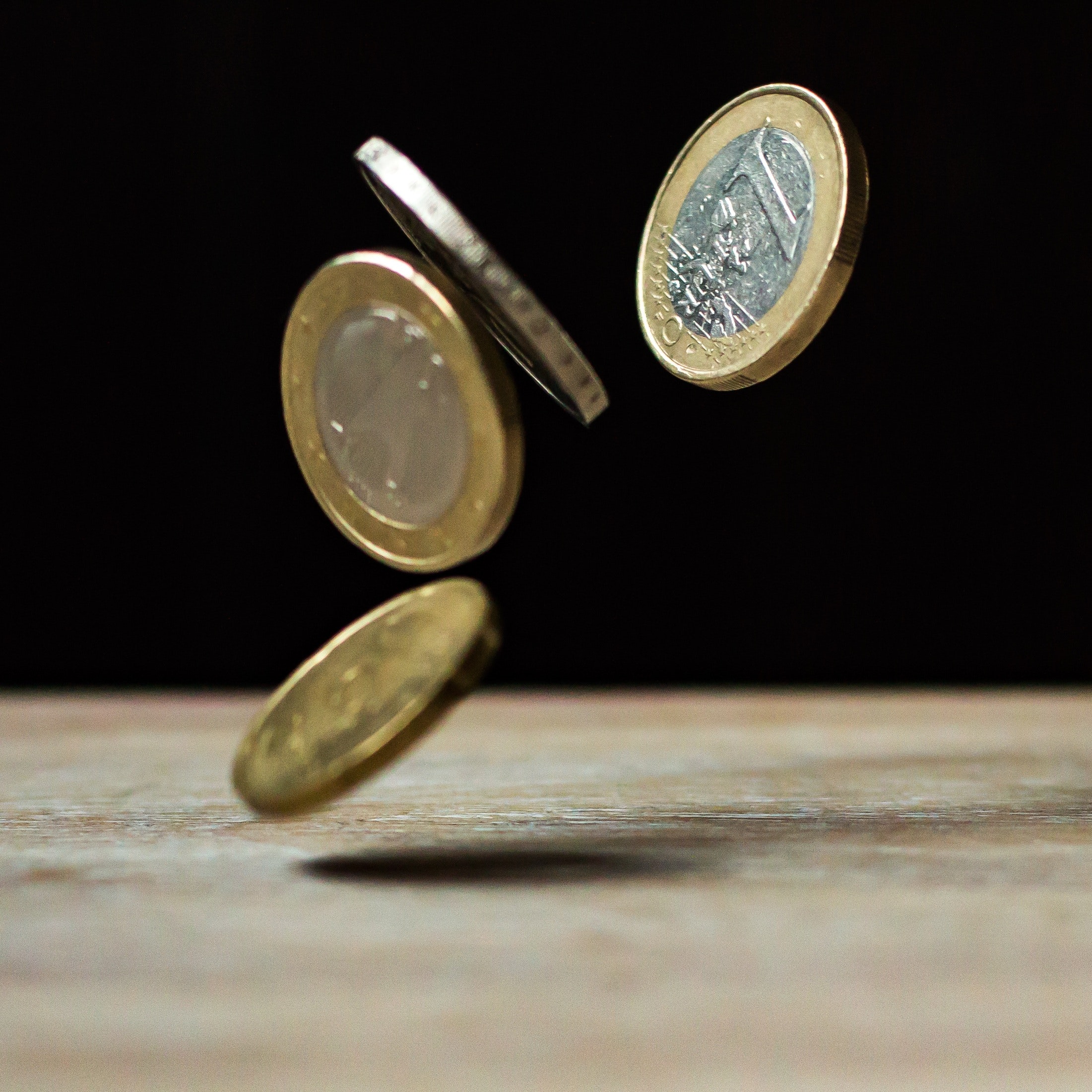
When our clients are preparing their homes for sale, they often ask us for our opinion about which improvements to make to the home that might make the biggest impact on their home’s value when they hit the market. This blog post will focus on a few projects that will provide the most return on your investment. Some of these projects provide a just under 100% ROI when you pay someone else to do them, but tackling them as a DIY project will push you firmly into the black. Keep in mind that if you don’t plan on moving in the next year or two, it IS fair to count the quality of life improvement or happiness factor that improvements will have on you while you’re still enjoying the home yourself. Here we go:
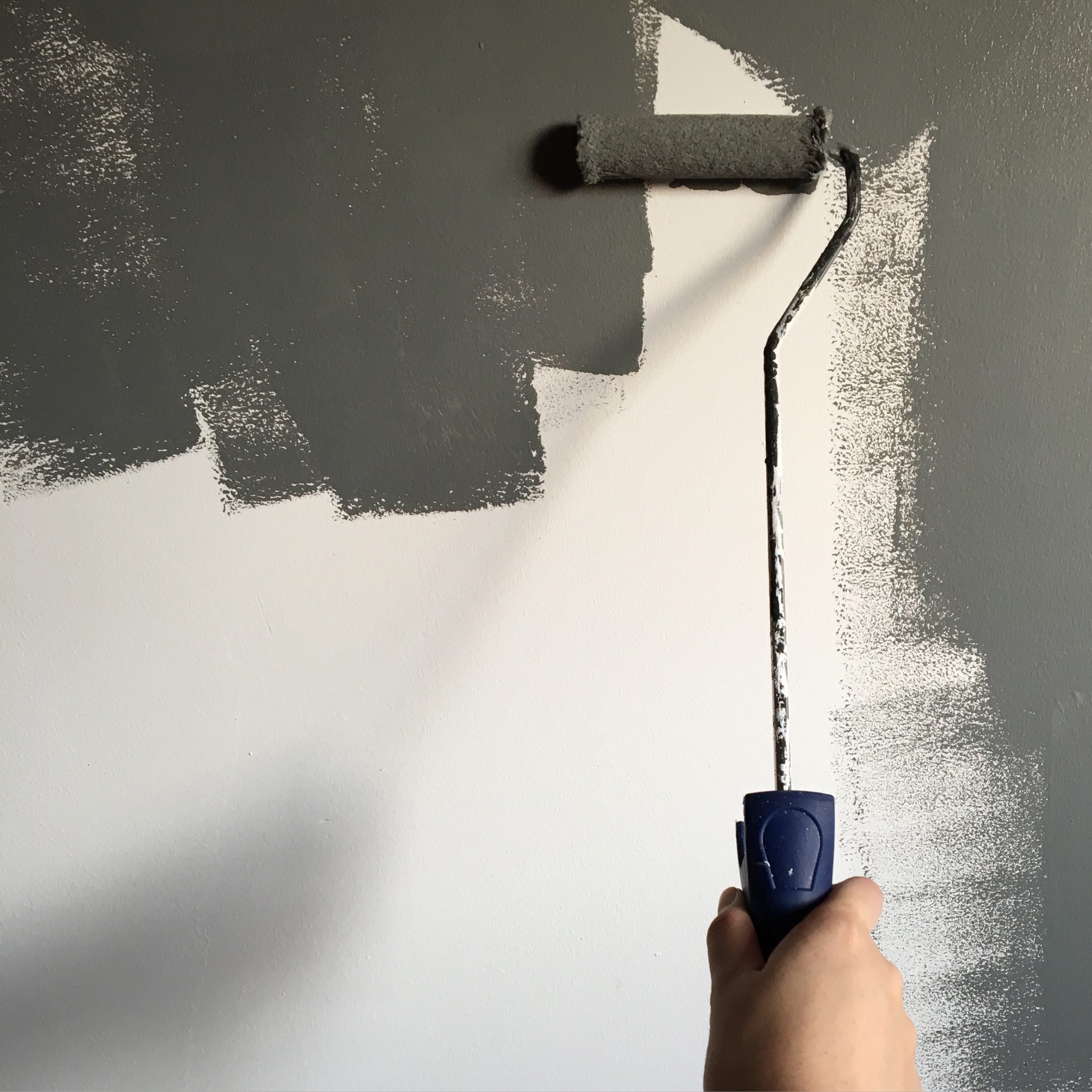
Painting
Painting the outside of your home can have a very respectable 107% return on investment, while painting the inside will generally get you about 50%-55% ROI. This is definitely one of those projects where doing it yourself will make a big difference, since labor will make up over 3/4 of your bill when paying someone else to do it. Painting yourself can get you a return of over 200% when you just look at the supplies needed.
Here are a few things to think about if you’re going to undertake a major painting job:
First, make sure you don’t get in over your head. If your project leaves the house looking worse than when you started, we’re not going to see much ROI, are we? Being clean and organized will help to avoid lengthy cleanup or re-painting, both of which will suck more of your precious time. Your biggest investment into this project is your sweat equity, so you need to protect your hours carefully. Always work with a drop cloth, even if you’re only doing a few touch-ups. This will help avoid the scramble that inevitably happens when you drip across the floor, or your cat steps on the paint lid. Remember, time is money, and insuring against accidents can be a money MAKER!
Second, select your paint carefully! Understanding the right sheen to use is a good place to start. Flat or matte paints work best for interior walls, but you can switch to a semi-gloss for the trim. Although some people prefer to use satin or semi-gloss in bathrooms, the shiny walls won’t have the high-end look you’re trying to present to buyers when they tour your home and the flat or matte paints will also photograph better. Quality matters too! Using a good quality paint will mean you can get good coverage in less coats, saving time and money in the long run. Less coats also probably means less cleanup throughout the process.
Finally, investing in the right equipment will help you to get the job done right and with minimal headaches. Spend a little extra on higher quality rollers and brushes. You won’t regret it. Sturdy metal framed rollers have a more solid feel and will roll the paint on more evenly than cheap ones which flex and bend when you apply pressure. A proper extendable pole will help you to get coverage on that wall or ceiling without strain and will save time AND muscle aches. A decent one will cost well under $20. Brush cleaning tools will also do a great job make cleanup faster and to extend the useful life of your tools. They look like a comb and can just be pulled through the brush to remove most of the paint before rinsing. There is even a tool called a brush spinner which will help you to get most of the water out of your brush after cleaning.
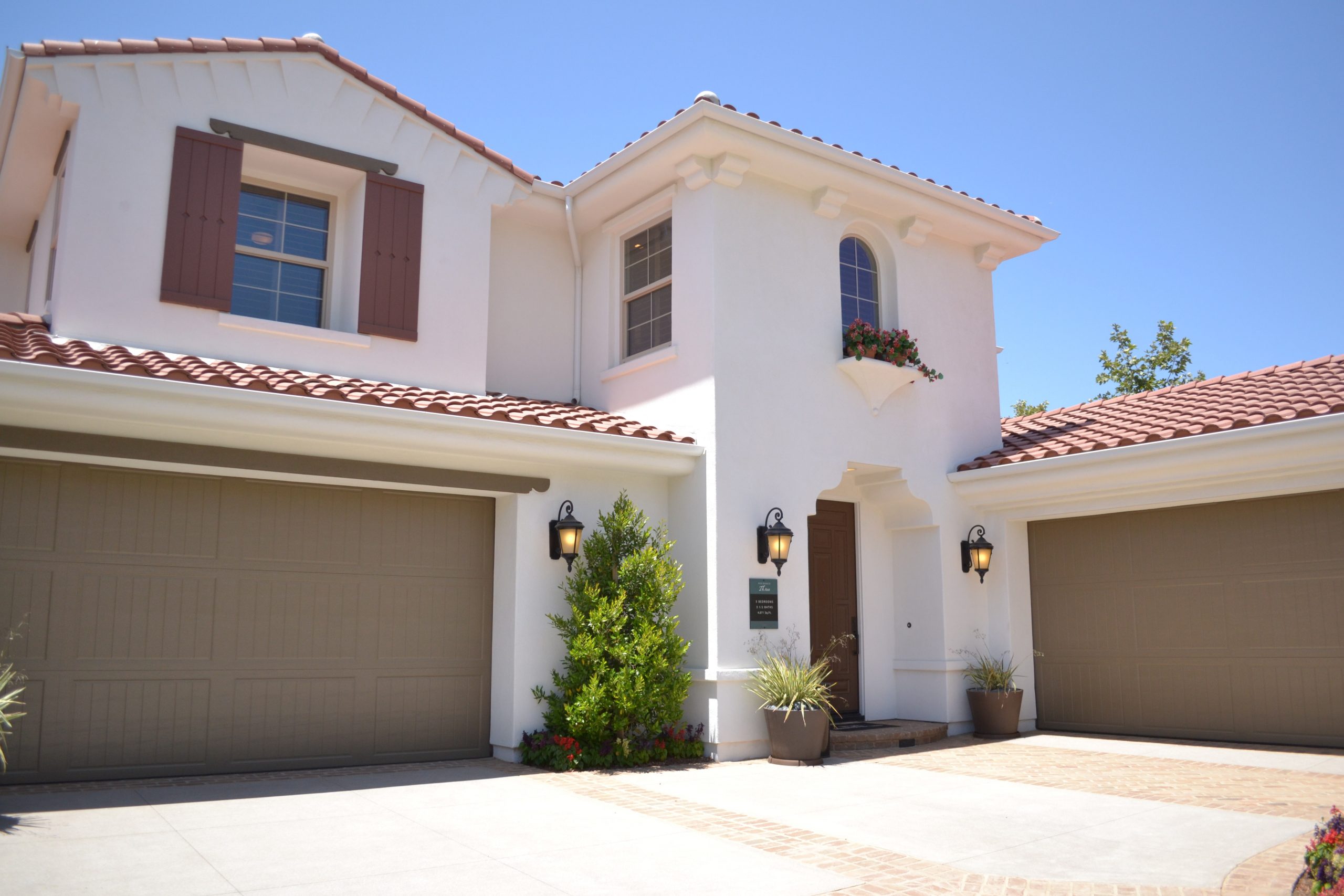
Garage door upgrade/replacement
The impact that a high-end garage door can have on the curb appeal of a home can’t be overlooked. When you drive up to the home after a hard day’s work, it’s the first thing that greets you, and when buyers park in your driveway, it’s the first and last thing they see when touring your home!
Now, strictly speaking, a replacing a garage door will only bring you about 93 cents on the dollar in terms of ROI. That number goes up, however if the current door is old and ugly, or damaged and non-functioning (noisy, crooked, or doesn’t meet the ground flushly). If your door already has problems, why not turn a negative into a huge positive by installing something with quality and style? The average garage door installation can be about $4,000, which puts this project firmly into the “significant investment” category, but despite this, you’ll want to resist the temptation to take it on yourself, unless you’re very qualified. A garage door that’s not properly installed can become a liability, and may even be a safety hazard. Trust the professionals with this one.
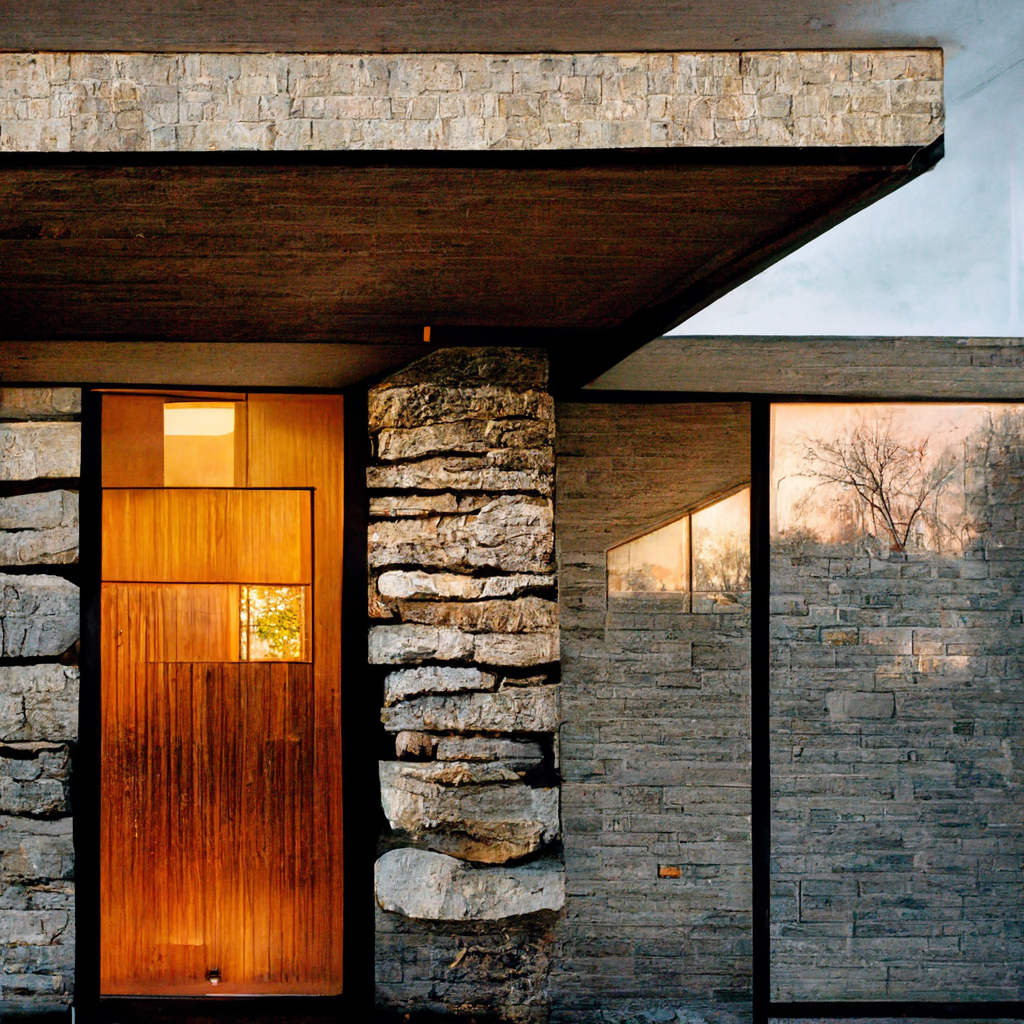
Installing manufactured stone veneer
Now, not every home will benefit from the installation of this type of project, but it REALLY can pay off in the right situation. Hiring a professional will return you about 92% on your investment, but like painting, the real ROI comes if you can manage to do it yourself. This is a very do-able project for someone who is reasonably handy and has access to the right tools. If you take labor costs out of the equation, you can expect a significant 200% return on the money you spend on materials. Just be ready for a bit of hard work and be sure to work carefully with precision when applying your stone veneer.
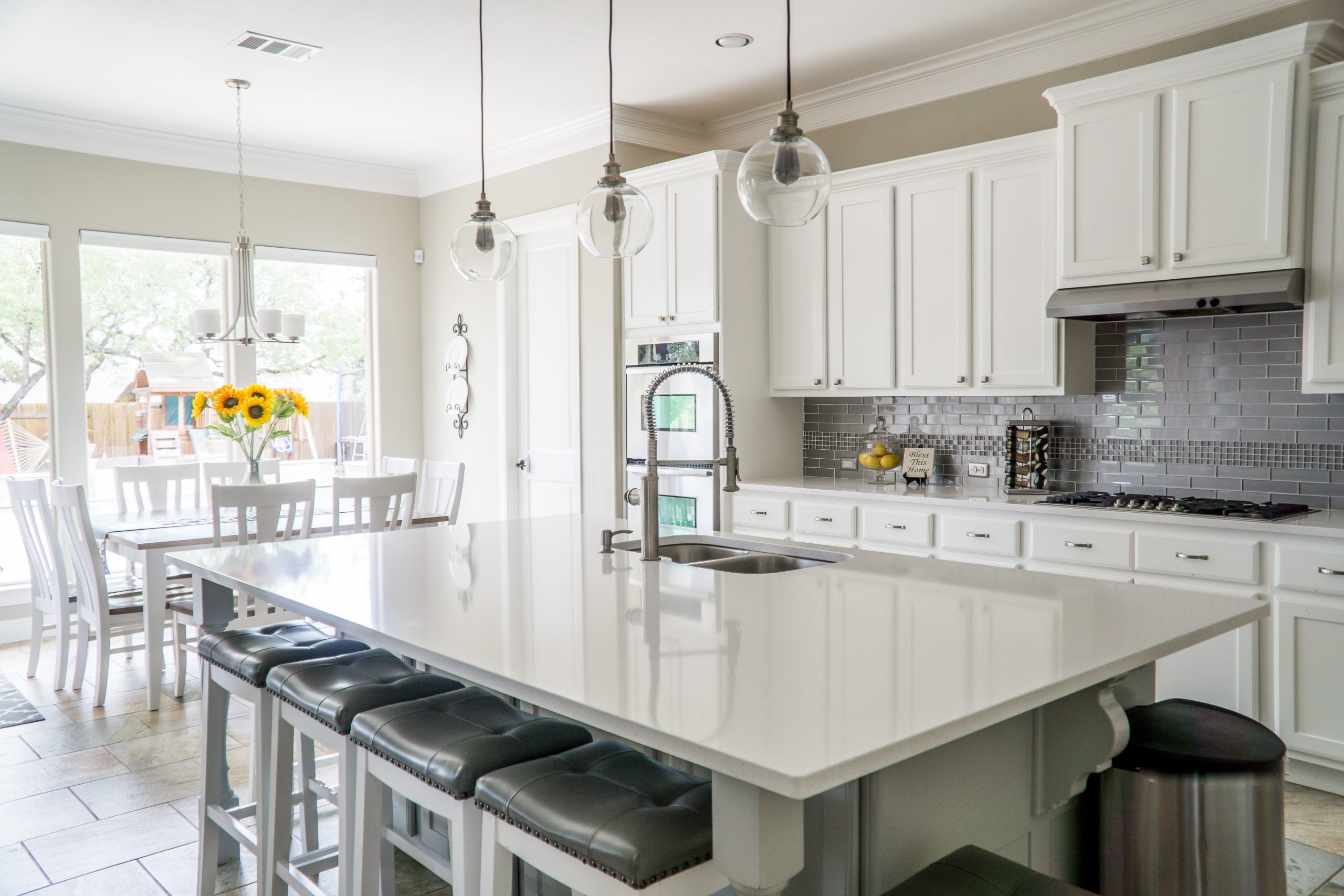
Kitchen remodeling
This one is included because it’s a well known fact that the average home buyer really looks at the kitchen as one of the most important rooms in the house. Spending big bucks on a kitchen remodel, however, may not offer as much return as you hope. The average kitchen remodel dollar only returns about 70% upon sale of the home. There are a few reasons for this. Remodeling can be a very personal thing, especially in a room as important as the kitchen. There are two paths to take, bold and creative, or cookie cutter and safe. Spending too much money, time, and energy on designing a magazine-quality kitchen may backfire by failing to appeal to the majority of buyers who want something different. Cookie cutter kitchen remodels (think about the kitchen in the last “flipped” home you were in) are nice, but because the materials are so common, and the design is so standard, they fail to help the house to stick out from the competition.
For this reason, you may get more bang from your buck by doing a MINOR remodel. This includes things like: refacing the cabinets, replacing old appliances (stainless steel appliances are strongly preferred by buyers these days), replacing old flooring with LVP (luxury vinyl planking) or tile, changing cabinet hardware, or replacing the countertops with quartz or granite. Evaluating the strengths and weaknesses of the kitchen will guide you to the projects with the biggest impact. Doing some of these projects yourself will absolutely net you more money on your home sale. Even if you don’t get 100% of your money back, these improvements may help you to get faster offers, and can help buyers to make a more emotional connection with the home, which can help in future negotiations and make any transaction go more smoothly.
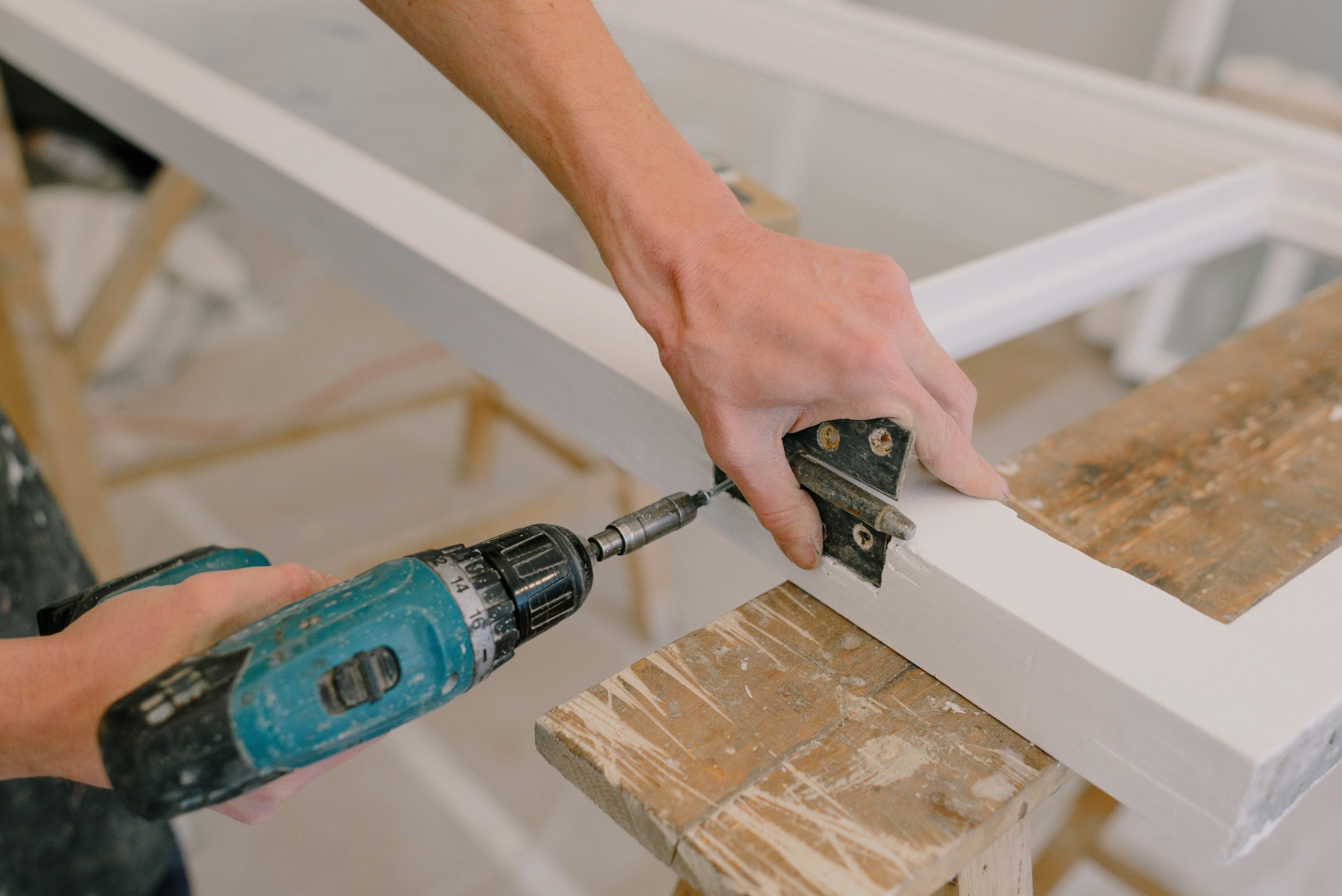
Window Replacement
Window replacement may not always get you a full return on your investment, but most people will acknowledge that an older home with lots of windows that need replacing can be difficult to sell at a premium. Decent, energy efficient windows are something that buyers have come to EXPECT. From a seller’s perspective, old windows that need replacement are more of a liability than the price boost new windows will provide. Either way, the return will depend on just how bad the current windows are. The average return on a house full of new windows is less than 70%, but that can be significantly higher if you currently have a lot of wooden frame, single pane windows that don’t open or close properly, have lots of peeling or chipped paint, or show signs of improper sealing.
This project really produces a return on your investment if you can manage to do it at least a few years before selling the home, so you can reap the benefits of higher energy efficiency. We all know gas and electric prices are on the rise these days, and anything that helps you to spend less on those monthly bills can put money back into your pocket.
Summary
Understanding buyer psychology is the key to making the right decisions when investing money into your home before selling it. As you can see in the examples above, undertaking projects that inspire potential buyers to envision living their best life in their new home is likely to garner more offers, higher purchase prices, and smoother transactions.
Picking projects that you can do yourself without compromising the quality of the job will always put money on the bottom line. Taking before and after pictures may be a good way to show buyers the transformation, and get them more excited about your home.
That said, here are a couple of bonus tips about projects you pay someone else to do.
- Always be sure to keep the receipts for any work you pay for, and ask the service provider for a lien waiver.
- Keep these documents in an envelope or folder so you can provide them at closing if you sell your home. Title companies will require receipts and lien waivers for anything done in the 6 months prior to closing.
- Be sure to ask about any warranties which the service provider may offer, and be sure to understand whether a warranty is transferable to the next owner of the home. Keep all documentation to provide to potential buyers.
- Even if there isn’t a warranty offered, be sure to make record of the company or person who did the work. Providing contact information for these companies to buyers can help to give them peace of mind that the work was done well, and also give them someone to call if they have questions in the future.
Please remember, the numbers given here are all estimates based upon industry data. Every city, neighborhood, and home is different, and careful consideration of the market and your position in it will help you and your Realtor to make the best decisions for you and your family


 Facebook
Facebook
 X
X
 Pinterest
Pinterest
 Copy Link
Copy Link